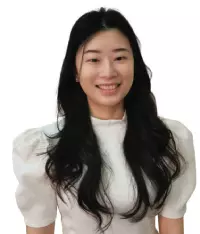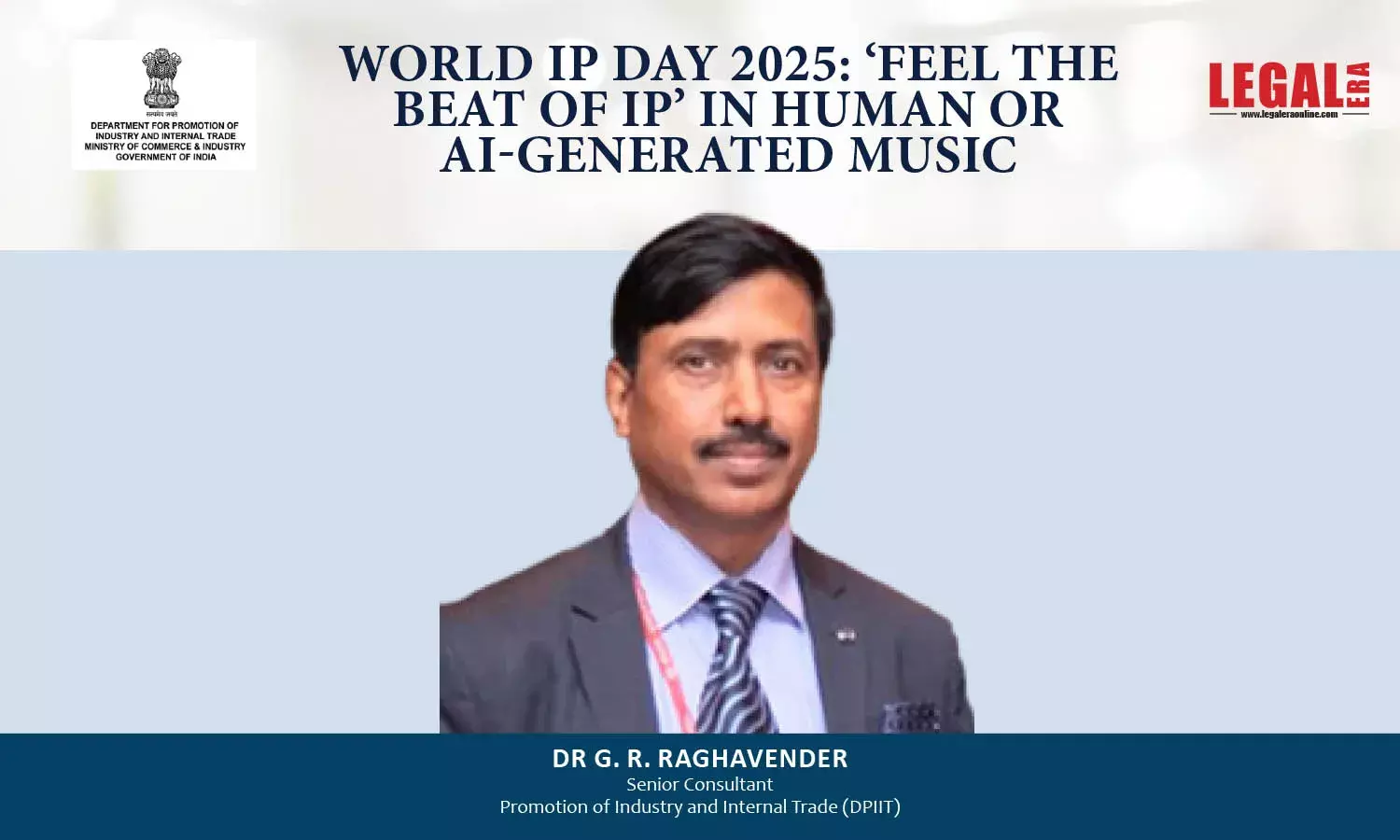Section 13a of The Copyright Act – Clarity Or Further Questions? a Look Into The Decision Of Ultra Racing (M) Sdn Bhd V Bluetact Sdn Bhd [2023] Mlju 616
![Section 13a of The Copyright Act – Clarity Or Further Questions? a Look Into The Decision Of Ultra Racing (M) Sdn Bhd V Bluetact Sdn Bhd [2023] Mlju 616 Section 13a of The Copyright Act – Clarity Or Further Questions? a Look Into The Decision Of Ultra Racing (M) Sdn Bhd V Bluetact Sdn Bhd [2023] Mlju 616](https://www.legaleraonline.com/h-upload/2023/06/24/1500x900_999300-shearn-delamore-author-banner-1-1500x90.webp)
SECTION 13A OF THE COPYRIGHT ACT – CLARITY OR FURTHER QUESTIONS? A LOOK INTO THE DECISION OF ULTRA RACING (M) SDN BHD V BLUETACT SDN BHD [2023] MLJU 616 A reading of the provision of s.13A CA 1987 seems to suggest that 3-dimensional reproductions of a design document embodying a design for anything other than an artistic work would not infringe copyright Section 13A of the Copyright...
SECTION 13A OF THE COPYRIGHT ACT – CLARITY OR FURTHER QUESTIONS? A LOOK INTO THE DECISION OF ULTRA RACING (M) SDN BHD V BLUETACT SDN BHD [2023] MLJU 616
A reading of the provision of s.13A CA 1987 seems to suggest that 3-dimensional reproductions of a design document embodying a design for anything other than an artistic work would not infringe copyright
Section 13A of the Copyright Act (CA) 1987 has always been considered as a problematic provision with little clarity as to its practical application. This may be the reason why there has somewhat been a reluctance by courts in Malaysia to consider and address the workings of s.13A CA 1987. While the intention of the provision was to prevent the potential of dual protection accorded to 3-dimensional designs under both the Copyright Act and the Industrial Designs Act, the scope of its application has remained unclear given the dearth in judicial decisions on the point. The court in the recent case of Ultra Racing (M) Sdn Bhd v Bluetact Sdn Bhd [2023] MLJU 616 attempted to deal with the issue and this article provides an insight as to the manner in which the court addressed this issue.
Section 13A of the Copyright Act 1987
Before looking into the decision of Ultra Racing, it would be useful to first consider s.13A CA 1987. A reading of the provision of s.13A CA 1987 seems to suggest that 3-dimensional reproductions of a design document embodying a design for anything other than an artistic work would not infringe copyright. A literal interpretation of the provision would suggest that where the artistic works embodied in the design document do not include items such as sculptures, collages and works or artistic craftsmanship, making a 3-dimensional reproduction of the design documents would not constitute copyright infringement. For clarity, s.13A CA 1987 laid down the definition of “design document” as “any record of a design, whether in the form of a drawing, a written description, a photograph, data stored in a computer or otherwise”.
With this in mind, let us consider the decision of Ultra Racing.
The Facts
The Plaintiff in the case was and has been in the business of manufacturing, supplying, distributing, and promoting the sale of car accessories, including stabilizer bars, since 2003. The Defendant however, was initially involved in anti-theft car lock systems but began to manufacture and sell stabilizer bars in 2018.
The Plaintiff allegedly spent considerable time and expense in researching, designing and testing the products in their UR Stabilizer Bars, claiming that they were distinctive in their get-up in six aspects. The Plaintiff claimed that the Defendant had, inter alia, produced stabilizer bars with the same and/or similar get-up with the six distinctive aspects of the Plaintiff’s UR Stabilizer Bars, reproduced the content of Plaintiff’s website including their trademarks, pictures, phone number and email on the Defendant’s own website, and even reproduced the Plaintiff’s product codes in the Defendant’s own price lists. As a result, the Plaintiff initiated civil actions against the Defendant, including copyright infringement. While there were other causes of action, including passing-off and unlawful interference with trade, we will only be considering the issue of copyright infringement in this article.
In making their claim of copyright infringement, the Plaintiff relied on four types of the Plaintiff’s UR Stabilizer Bars that were produced based on four drawings commissioned by the Plaintiff (hereinafter known as the “Plaintiff’s Works”). The Plaintiff argued that these were “graphic works” within the definition of “artistic works” under s.3 CA 1987, making them eligible for copyright protection under s.7(3) CA 1987. The Plaintiff further argued that since its stabilizer bars were 3-dimensional reproduction forms of the Plaintiff’s Works, copyright also resided in the stabilizer bars, and the Plaintiff had an exclusive right of control over it, pursuant to s.13(1)(a) CA 1987.
In its defence to the copyright claims made by the Plaintiff, the Defendant took the position that firstly there was no copyright in the Plaintiff’s Works and secondly that since they had no access to the Plaintiff’s drawings, there was no causal connection between the Plaintiff’s drawings and the Defendant’s products. The Defendant further argued that even if there was copyright, as the Defendant’s stabilizer bars were articles made according to the Plaintiff’s drawings, there was no copyright infringement by virtue s.13A CA 1987. This was on the premise that Plaintiff’s Works and the Plaintiff’s stabilizer bars were “design documents” and “designs” respectively within the meaning of s.13A CA 1987, thereby attracting the exclusions for potential dual protection envisaged by s. 13A CA 1987.
Findings
In arriving at his findings in relation to this matter, the learned judge considered the following elements:-
1. Whether there was sufficient objective similarity between original work or a substantial part thereof, and the infringing copy;
2. Causal connection between original and the infringing copy exists. It must have been copied from the original, either directly or indirectly, and
3. What has been infringed must constitute a substantial part of the original work.
Upon weighing the respective arguments by the parties, the court agreed that the Plaintiff’s stabilizer bars were eligible for copyright protection. The court also found the requisite causal connection between the Plaintiff’s Works and the Defendant’s products.
Liability for copyright infringement thus hinged on the application of s.13A CA 1987. In determining this issue, the court first found that the Defendant had failed to show that the Plaintiff’s Works were “design documents” and had not presented any evidence that the Plaintiff’s Works were for something other than an artistic work. The court thus came to the finding that the Defendant had infringed the Plaintiff’s copyright by reproducing a 3-dimensional work of the Plaintiff’s copyrighted drawings and s.13A CA 1987 has no applicability.
Observations
The findings of the High Court unfortunately did not shed clarity into the application of s.13A CA 1987. It has to be observed that the definition of a “design document” is clearly provided for within the CA 1987. Notwithstanding this definition, the court seemed to place the burden on the Defendant to prove that the Plaintiff’s drawings were “design documents”. Apart from the clear legal definition of a design document, the determination of the nature of the artistic work claimed was for the Plaintiff to present and for the court to decide.
Thus, while the court could have found subsistence of copyright as well as the potential causal connection between the Plaintiff’s Works and the Defendant’s products on the facts, the court seemingly avoided addressing the applicability of s.13A CA 1987 on the above premise.
Be that as it may, since an appeal has been filed against the decision of the High Court, perhaps a decision from the Court of Appeal may shed some clarity on the applicability of s.13A CA 1987.





